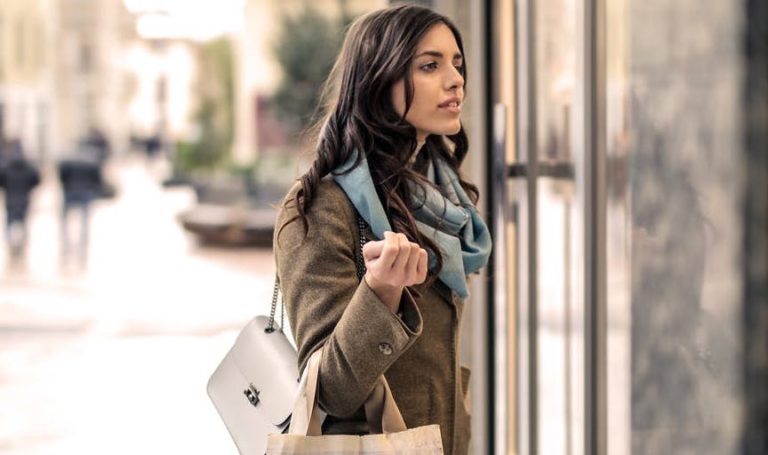In last week’s blog, we covered how background music influences the overall vibe of your business. As we said then, ambiance covers multiple sensory perceptions, including examples of how a restaurant’s freshly baked goods invite diners in, or even how merchandising can lure customers to visit. The concept of using the right visual language is what we’re going to cover today.
According to an article on Medium.com, vision is the most important sense. Unlike most animals that rely on smell first (like your dog, for example), we have unusually complex eyes that “have more components which collect information.” So how do we design our restaurants, retail spaces, offices, etc. to speak the right visual language so as to appeal to our eyes rather than offend?
Promote Your Brand’s Tone
As with background music, you must first recognize what your brand’s style is—not necessarily what your own personal tastes are. If you prefer to decorate your home in a warm, rustic flavor, that wouldn’t necessarily work for the ultra-chic, modern boutique your run. Signage is equally important in this regard: everything from font choice to color is going to set expectations for your guests. A fanciful design will give the impression that your business has a fun, not-so-serious atmosphere, while a more utilitarian design will project professionalism. Do you run a party store? Lean towards the former. Do you run a bank? Then the latter will be most appropriate.
Contrast Is Key
Just as the ear listens for changes in music (such as the next lyric in a song, or the next note in a melody), your eyes also seek that contrast in what they see. For example, that ultra-chic, modern boutique would do well to use neutral colors for its displays and décor so that its products really pop out and look even more vibrant. This would work great for a retail store with packed shelves, like a party store as well—since there is so much visual noise, it’s a good idea to break up all the color with whites, grays, and blacks.
Don’t Overwhelm
Speaking of noise, we’ve all been to big-box stores that use a ton of fluorescent lighting and display their products with so much visual complexity that visitors seemingly go catatonic from the overload. In an effort to leverage every square inch of display space, or to put as much information on a sign as possible, such businesses inadvertently numb their guests. As the old saying goes, less is more, which means going easy on the signage and clutter. Don’t let the important things get lost in the shuffle. Make sure to leave enough space to logically separate product categories (cold cereal from hot cereal, say), and restrict signage to simple headers or price tags.
Best Foot Forward
Whatever your most important or appealing product or service, lead with that. Many grocery stores, for example, place their produce sections near the entrance because those leafy greens project freshness. Service-oriented businesses, like restaurants, place a host in front so that guests are greeted with warm, smiling faces. The car dealership has its vehicles front and center so that you have to pass through them to even reach the doorway. As you consider the layout for your business, think about what your customers are going to care about most, and make sure you lead with the best examples of that. While some businesses are famous for purposely using labyrinthine layouts to force customers to see every product they sell, you’re likely to earn only frustration with such techniques.
As we said last week, ambiance is one of the most critical components for your branding, so it takes a lot of thoughtful consideration. As with finding out whether your background-music choices are a hit with your customers, you can find out what they think about your visual design with the same customer feedback surveys and mystery shops, two things The Brandt Group is here to help with. Contact us now to get started, and we’ll work with you to design the best image for your business.




Recent Comments